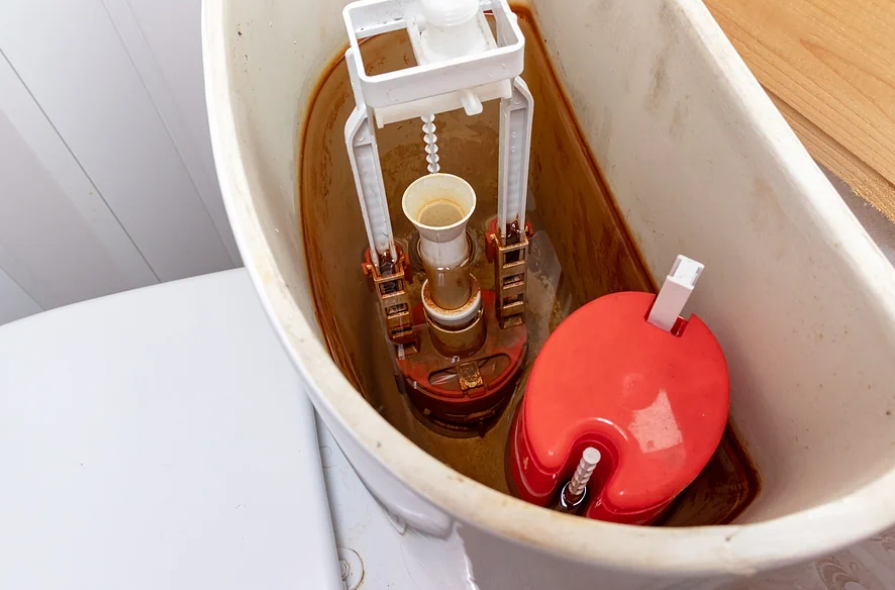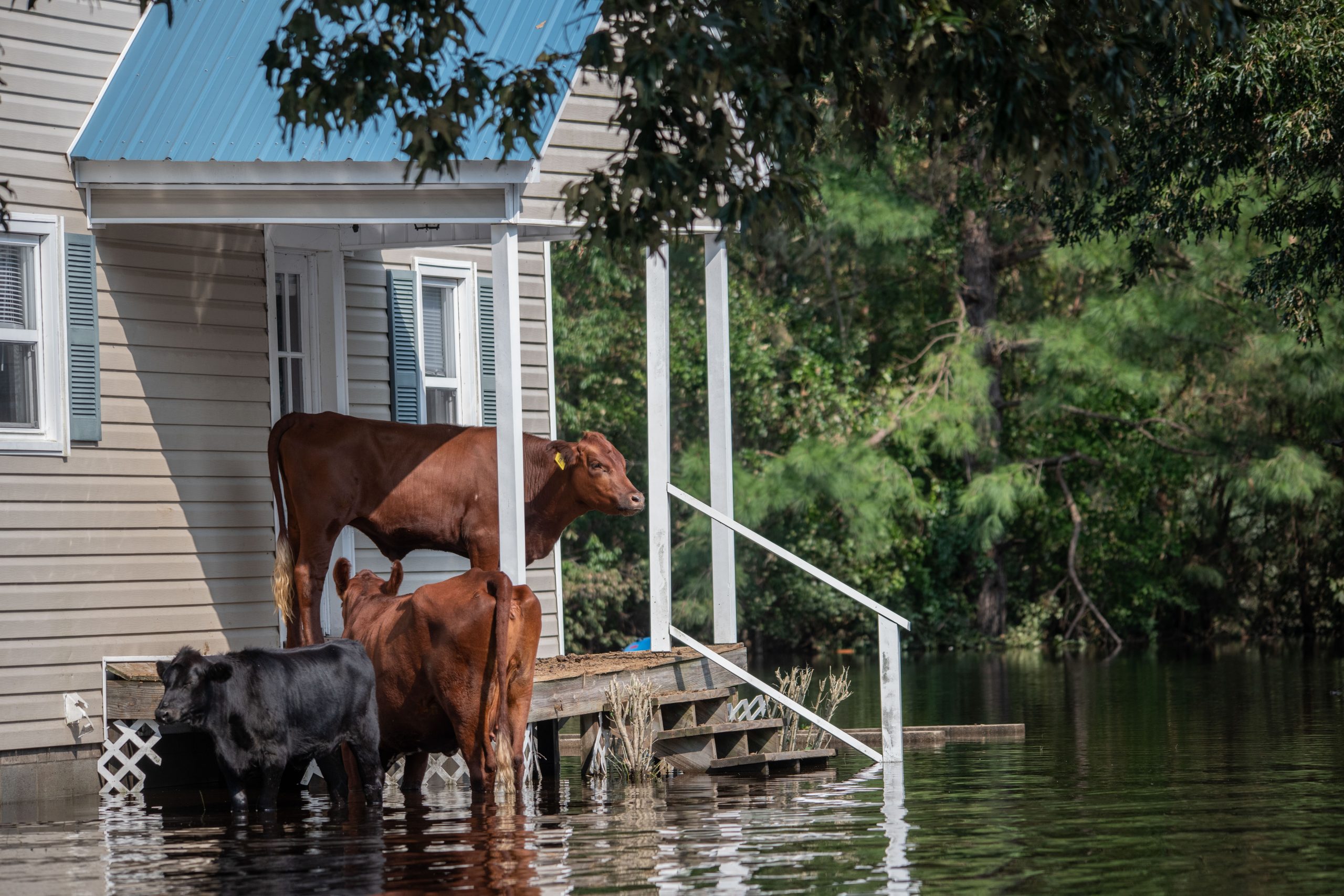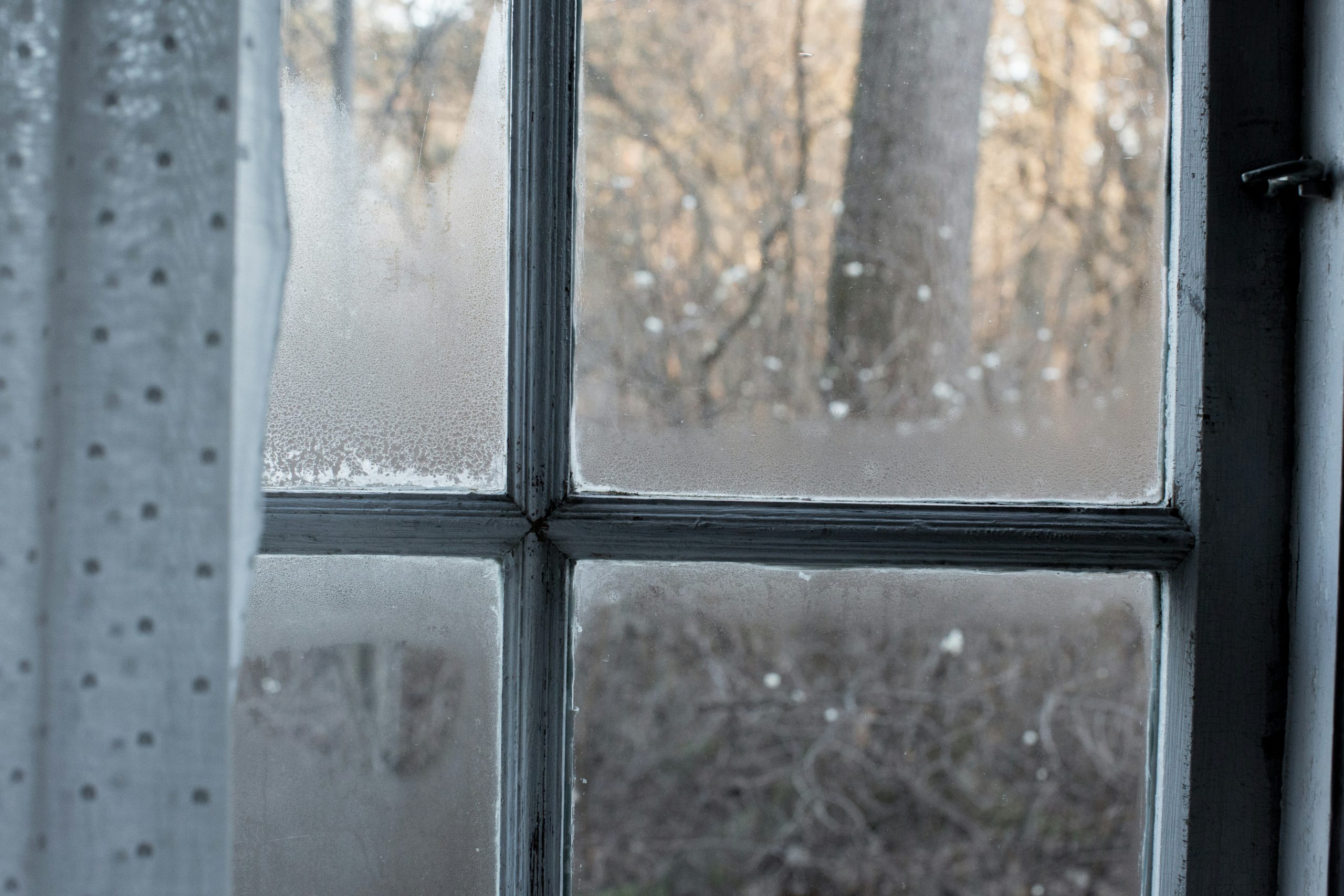“Rust” in your sinks and toilets? Iron in your water can mean iron bacteria in the water
“Rust” in your sinks and toilets? Iron in your water can mean iron bacteria in the water
Wait–is that rust in my toilet? Why is the toilet looking rusty? You might initially think that the pipes supplying the water might be rusting, and that could be a problem (however, it’s rare). But if you know that there are no iron pipes supplying your water (if you live in the country with your own well), then you know that pipe rust is not the source of the problem. Most likely it has to do with high iron content in the water itself, and a certain bacteria that consumes iron. At least 18 types of bacteria are classified as iron bacteria, long thread-like bacteria that “feed” on iron and secrete slime. Unlike most bacteria, which feed on organic matter, iron bacteria fulfill their energy requirements by oxidizing ferrous iron into ferric iron. (Iron Bacteria in Surface Water).
Iron bacteria are small living organisms that naturally occur in soil, shallow groundwater, and surface waters. These bacteria combine iron (or manganese) in the soil, and oxygen to form deposits of "rust," bacterial cells, and a slimy material that sticks the bacteria to well pipes, pumps, and plumbing fixtures. These iron bacteria don’t cause disease, but they can create an environment where other disease-causing microbes can grow (like coliform bacteria). Iron bacteria can get into the well when the water in the well comes into contact with the soil surrounding it, or lakewater, or any rivers and streams. (Iron Bacteria in Well Water)
If you haven’t had any work on your water system done, and you’re still suspecting the bacteria are feeding on iron pipes, here are the most common types of pipes (from 7 Types of Plumbing Pipes Used in Homes):
Rigid copper pipe (water supply)
PEX pipe (water supply)
PVC pipe (water supply and drains)
ABS pipe (drains and vent lines)
Flexi Pipe (water supply)
Galvanized steel and cast iron (outdated for water supply and drains)
Black pipe (only used on natural gas lines)
So, you can see that out of the 5 water supply line types, only 1 has iron in it (#6) and those are considered outdated. The cast iron and steel pipes that were used in the 1950s have gradually been replaced by one of the other plastics mentioned above. (A Brief History of Pipe Materials) Therefore, if your home was built after the 1960’s, it would be very common for you to have iron in the water supply lines.
Other than causing brown stains, iron bacteria can also cause the following (Iron Bacteria in Well Water):
Smells: Swampy, oily or petroleum, cucumber, sewage, rotten vegetation, or musty smells, which may be more noticeable after the water has not been used for a while.
Colors: Yellow, orange, red, or brown stains and colored water, or a rainbow colored, oil-like sheen.
Deposits: Sticky rusty, yellow, brown, or grey slime, or “feathery" or filamentous growths (especially in standing water).
These are not the kinds of things you want to see in your sink or toilet! It can also have detrimental effects on any water softening system, making the water running through it to have an off taste. To confirm that the problem is iron bacteria, you can get the water tested by a lab.
If you do have iron bacteria, and states like Minnesota have a lot of it, it can be hard to get rid of. Here are some steps you may consider:
If you have a heavy concentration of iron bacteria, the best first step is to have the contractor remove and clean the pumping equipment, and scrub the well casing with brushes. Make sure that they do not lay any of the equipment on the bare ground, as this could re-contaminate it!
Next is chemical treatment, which is also for minor contaminations. Treatment involves 3 steps: disinfection (or oxidation), retention time, and filtration. (How to Remove Iron Bacteria in Your Water) Chlorine (bleach), hydrogen peroxide and ozone are frequently used. Although many companies call all three of these “disinfectants”, the fact is that only chlorine is a disinfectant; hydrogen peroxide and ozone are oxidizers. Disinfection is the act of killing bacteria, while oxidation causes a molecule, atom or ion to lose an electron (which also kills bacteria as a consequence).
Chlorine (bleach): Although bleach is cheap and will disinfect, its reactions to organic matter that may be in the water are not good–like haloacetic acids (HAAs) and trihalomethanes (THMs), which are classified as possible human carcinogens. For more information on these byproducts, check out our article here.
Of the two remaining, ozone is a stronger oxidizer than hydrogen peroxide, but hydrogen peroxide systems are less expensive and more readily available from water treatment companies. According to USWater, extreme amounts of iron and hydrogen sulfide can be removed from the water supply effectively and consistently, it does not need a “contact tank” for retention time, and it does not cause maintenance issues with injection pumps as chlorine does. (Chlorine or Hydrogen Peroxide – Which is Better for Treating Water?) does not have these byproducts and in addition, has several benefits: it can also rid water of hydrogen sulfide (H2S) smells (rotten eggs), and activated carbon filters used after disinfection last much longer than when used with hydrogen peroxide than with chlorine. (Eliminate Well Water Odors: Four Reasons Why Hydrogen Peroxide Water Treatment Is Best) According the to Minnesota Rural Water Association, potassium permanganate is also a strong oxidizer that is in common use in Minnesota to remove iron and manganese. (Iron and Manganese)
Retention time is needed for chlorine to work, therefore the chlorine must sit in the well for a certain period, or if you are using chlorine as a continuous disinfectant, a holding tank is usually set up, with the size being dependent on your household’s normal flow rate (water usage rate).
Filtration is necessary to remove by-products (in the case of chlorine) and iron products (in all cases). When chlorine contacts iron in the water, it changes the iron from a ferrous state to a ferric state, making it an insoluble particulate. This is the state that can be easily filtered. There are various types of filters available, the most common being activated carbon. Reverse osmosis and some other types of filtration can remove iron from water without oxidation, and treating your water from the point it enters your home is important for all your appliances, but the iron bacteria may still thrive in your well and cause clogs up to the water treatment point. Iron can clog wells, pumps, sprinklers, dishwashers, and other devices over time. (Iron in Well Water)
If you notice these signs of brown or different colored stains, bad smell or slime deposits in your sinks or toilets, it’s a good idea to get your water tested for iron. If iron bacteria are present, it’s likely a common problem in your area, and there are local companies who can provide the equipment needed to remove it. However, it’s best to do your own research on these solutions to make sure that a company doesn’t try to sell you unnecessary equipment (such as a retention tank for a hydrogen peroxide system), and also it’s a good idea to get references and reviews from actual customers.
Photo from Springwellwater.com





